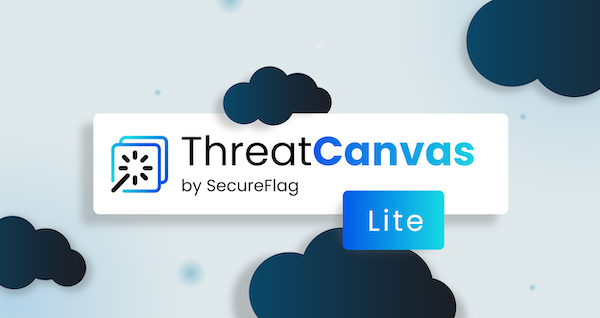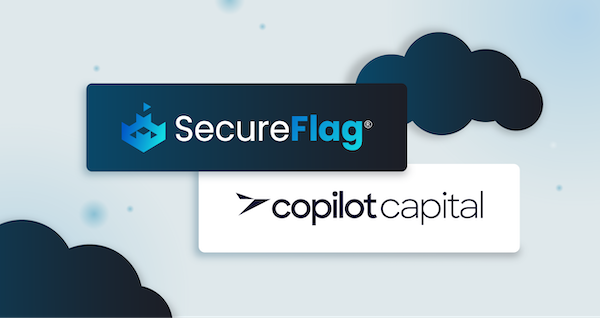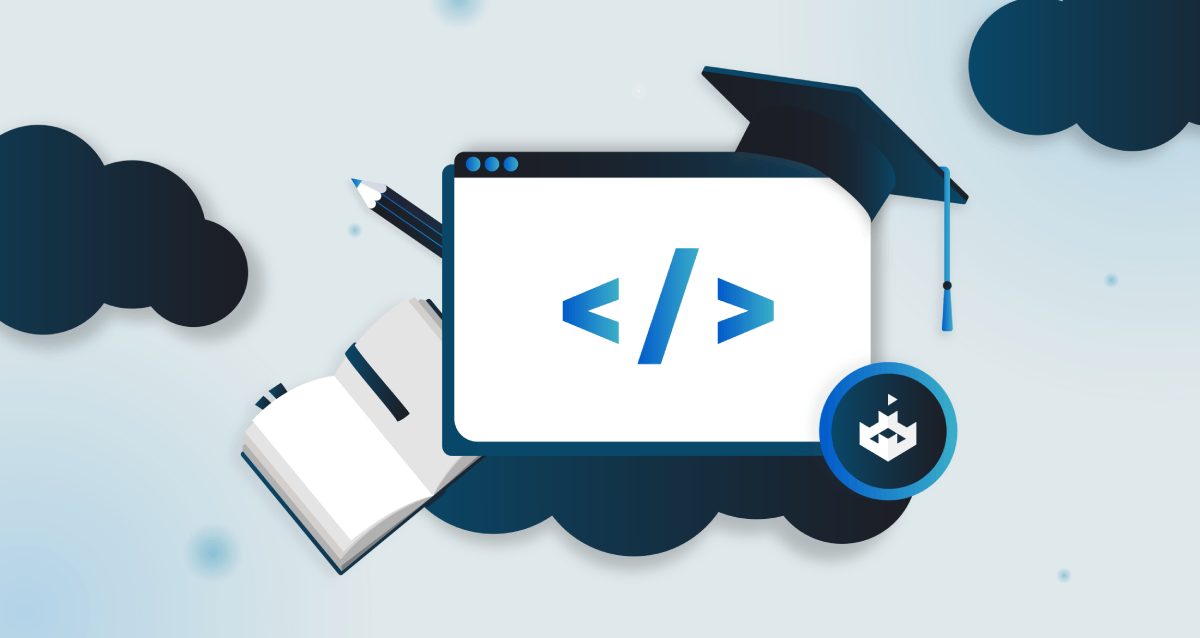- What is the Python web application framework?
- What is Flask?
- Advantages and disadvantages of Flask
- What is FastAPI?
- Advantages and disadvantages of FastAPI
- What is Django?
- Advantages and disadvantages of Django
- How to choose the right Python web application framework?
- Security in Flask, FastAPI, and Django
- Securing your Web Development with SecureFlag
Everyone knows Python as a versatile programming language widely used for web development, scripting, data analysis, and tool automation, among many other things. One reason for its popularity is the massive range of various Python web application frameworks that help simplify the development process.
What is the Python web application framework?
The Python web application framework is a library and range of tools that provides structure to web application development using the Python programming language. It simplifies it so that web developers have pre-built tasks for handling functionalities such as security.
In this week’s blog, we look at three popular Python frameworks for building web services: Flask, FastAPI, and Django.
These three python web frameworks are the go-to applications for web developers. They each have a variety of benefits, including:
*Unique strengths *Compatibility with the latest Python versions *Open-source
The right Python web application framework will depend on a few factors, for example:
*What are your priorities? *What is your projected growth? *What type of app are you building?
Here is a breakdown of the top three Python web application frameworks for your consideration.
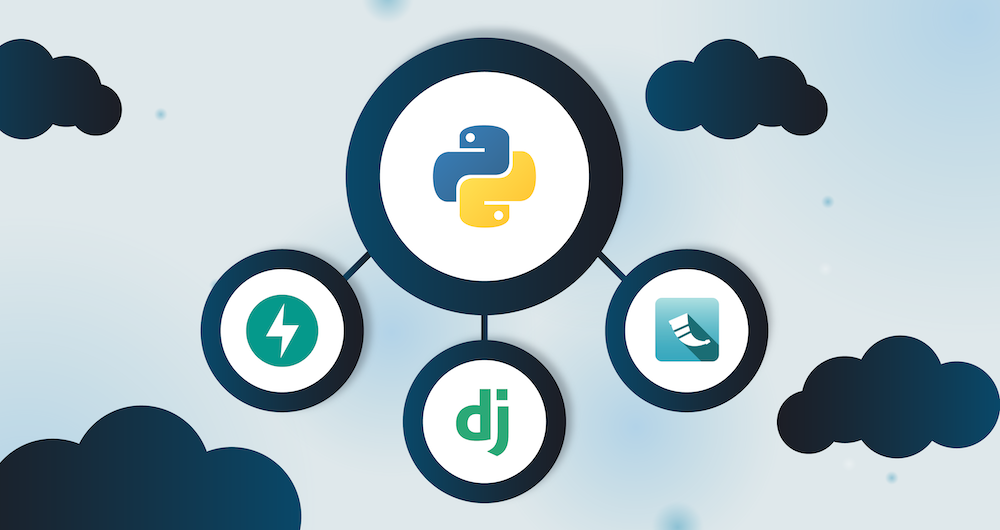
What is Flask?
Flask is a lightweight and flexible Python web microframework that focuses on simplicity; it is known for its minimalist design and straightforward syntax, making it an excellent choice for small to medium-sized projects and a great tool for beginners, thanks to how little boilerplate code there is.
If you aren’t familiar with the term, a framework is considered “micro” when it contains next to no third-party tools or libraries, such as database support or validation tools. Flask provides extensions for additional functionalities, like database integration, authentication, and form validation. The framework allows developers to start building web applications quickly without a steep learning curve, which provides a lot of freedom in terms of customization, allowing developers to choose only the components they need for their specific project requirements.
However, Flask’s simplicity can also be a disadvantage for larger and more complex projects. As the application grows, developers may need to invest more time and effort in managing the project structure and handling various components. Additionally, Flask does not provide built-in support for asynchronous programming, potentially limiting scalability.
Advantages and disadvantages of Flask
Advantages:
-
Simplicity: Flask’s minimalist design and intuitive syntax make it easy for developers to get started quickly.
-
Flexibility: Developers can customize their applications by choosing only the necessary components and extensions.
-
Lightweight: Flask has a small footprint, making it ideal for lightweight and resource-constrained applications.
-
Extensibility: The wide range of extensions allows developers to add additional functionalities to their applications effortlessly.
Disadvantages:
-
Limited scalability: Flask utilizes Web Server Gateway Interface (WSGI), which lacks built-in support for asynchronous programming and potentially hinders scalability for larger projects.
-
Project management: As the application grows, developers may need to invest more time and effort into managing the project structure.
What is FastAPI?
FastAPI is a high-performance web framework rapidly gaining popularity for building APIs. It’s built on top of Starlette, an asynchronous web framework, and uses Python type hints for automatic data validation. By utilizing asynchronous programming, it provides exceptional performance and is a great choice for building APIs and microservices.
Without sounding too predictable, one of the significant advantages of FastAPI is its speed. By making use of asynchronous programming, FastAPI can handle a large number of concurrent requests efficiently. This makes it perfect for high-traffic applications that require real-time data processing, and a plus is that it provides automatic documentation using Swagger UI, saving time and effort in documenting APIs.
However, FastAPI’s learning curve can be steep for developers new to asynchronous programming or Python type hints. While the framework offers fantastic performance, it may not be the best choice for small and simple projects that do not require the added complexity of asynchronous programming.
Advantages and disadvantages of FastAPI
Advantages:
-
It’s… Fast: Asynchronous programming can efficiently handle a large number of concurrent requests, making it ideal for high-traffic applications.
-
Automatic documentation: FastAPI generates API documentation automatically using Swagger UI, saving developers time and effort.
-
Python type hints: Python type hints are used for automatic data validation, improving code reliability and reducing the likelihood of runtime errors.
-
Compatibility: Easily integrates with other Python frameworks, allowing developers to leverage existing code and functionalities.
Disadvantages:
-
Higher learning curve: Developers who are new to asynchronous programming or Python type hints may find FastAPI’s learning curve challenging.
-
Complexity for simple projects: FastAPI’s advanced features and focus on performance may not be necessary for small and simple projects.
What is Django?
Django is a full-featured Python web framework that provides a comprehensive set of tools and features for building complex and scalable web applications. The Django Software Foundation states that it aims to follow a “batteries-included” philosophy, meaning that it comes with everything developers need to get started, including authentication, an administrative interface, and a lightweight framework for content types, as well as many other tools.
One of the significant advantages of Django is its robustness. The framework is designed to handle complex web applications and provides a clear structure for organizing code and managing different components. Django’s built-in admin interface also simplifies the process of creating and managing database models, making it easy to build and maintain data-driven applications.
However, Django’s batteries-included approach can be a disadvantage, specifically for small and simple projects. Since the framework comes with many built-in functionalities, some or most of these may not be necessary for lightweight applications. Additionally, while Django’s “batteries-included” approach is a gift to developers coming from a web development background, who can immediately make use of the available toolset, web development beginners and Django newcomers might find themselves quickly overwhelmed by all of Django’s offerings and face a steep learning curve for each of the respective tools.
Advantages and disadvantages of Django
Advantages:
-
Robustness: Django is designed to handle complex web applications and provides a clear structure for organizing code and managing different components.
-
Batteries-included: Django comes with everything developers need to get started, including framework for authentication, and administrative interface.
-
Scalability: Django’s architecture and built-in features make it easier to scale applications as they grow in size and complexity.
-
Security: Django provides built-in protection against common web vulnerabilities, making it a reliable choice for secure web development.
Disadvantages:
-
Steep learning curve: Django’s comprehensive set of tools and features may require a significant learning curve for developers who are new to web development.
-
Overkill for small projects: Django’s batteries-included approach may introduce unnecessary complexity for small and simple projects.
How to choose the right Python web application framework?
Not only will you need to consider your business requirements, but also the level of security that each Python web application framework offers.
Security in Flask, FastAPI, and Django
When securing Python APIs for web development, all three frameworks - Flask, FastAPI, and Django - offer tools and features to secure your APIs and web services.
Flask provides various security-related extensions and libraries. Some examples are implementing authentication, access control, and encryption. Flask-JWT-Extended, for instance, provides JSON Web Token (JWT) support to authenticate and authorize API requests. Flask also supports encryption libraries, such as bcrypt or cryptography, for secure password storage.
Flask is quick and easy to use for building services, and it also comes with a very handy debug console that saves precious hours during the development phase. This debug console basically allows you to run arbitrary code on the server, which, on the one hand, is a boon for the developer, but on the other, it might introduce a very serious flaw in the application if it lands on production environments (yes, it happened).
So don’t get caught out! We developed a virtual lab that walks through this situation and demonstrates how this vulnerability gets exploited in the wild. Sign in to get started!
FastAPI, being a modern framework, provides built-in support for secure authentication and authorization. It supports OAuth2, JWT, and other authentication methods out of the box, making it easy to implement secure APIs. It also utilizes “Pydantic models” for automatic request validation, ensuring that the incoming data adheres to the specified schema, reducing the risk of data-related vulnerabilities.
With its batteries-included philosophy, Django likely offers the most comprehensive security features of the three frameworks discussed. It provides built-in protection against common web vulnerabilities, such as cross-site scripting (XSS) and cross-site request forgery (CSRF). It also comes packed with a powerful authentication system, allowing developers to implement authentication and authorization easily. Additionally, Django protects against SQL injection attacks to help ensure your database is secure.
There are many different security considerations for each of the frameworks; the choice of which to use depends on the specific requirements of your project and the level of complexity you are comfortable with.
As Python web application frameworks go, these three are the most popular amongst web developers.
Securing your Web Development with SecureFlag
When developing any project that faces the internet, you need to consider the wide range of attacks, vulnerabilities that your system is open to, which can become overwhelming. Especially since new attacks and vulnerabilities are being found regularly.
At SecureFlag, we’re big believers in building solid foundations in development teams as a strategy to address security threats, and this all begins with knowledge and experience. Our platform offers in-depth virtual labs and environments catered to tackling underlying insecurities in code and how to remediate them, as part of our labs we make sure to demonstrate how a vulnerability can be exploited, giving users the opportunity to perform the hack themselves.
Put Python Web Application Frameworks into Practice with Virtualized Labs
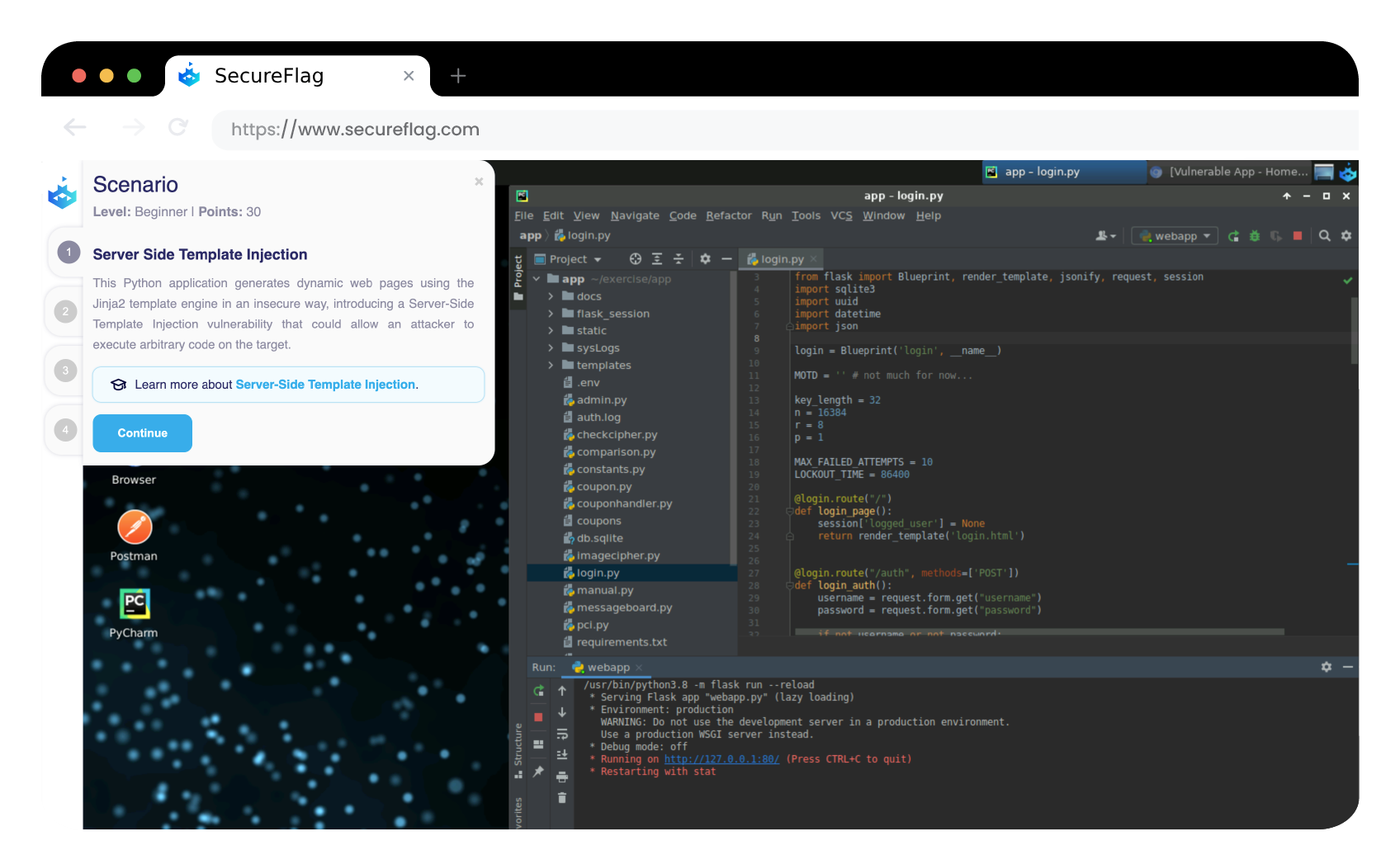
We have been releasing more virtual labs aiming at hacking and fixing Python frameworks Flask, FastAPI, and Django to help gain an understanding of how to tackle these threats. This will help you to better understand and navigate the popular Python web application frameworks and how they can work for your organization.
Contact us today to find out more on how you can boost your team’s knowledge on how to secure your Python web services.
